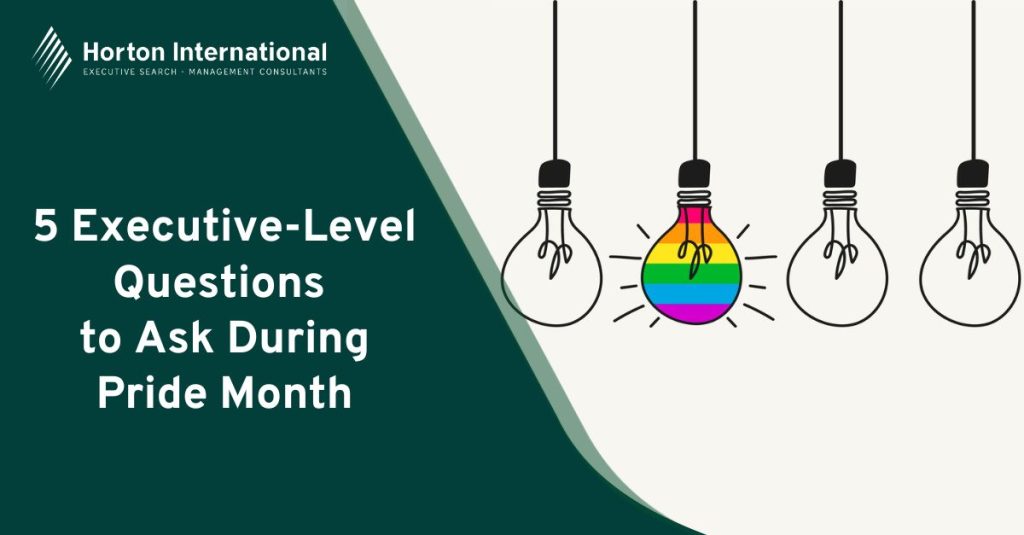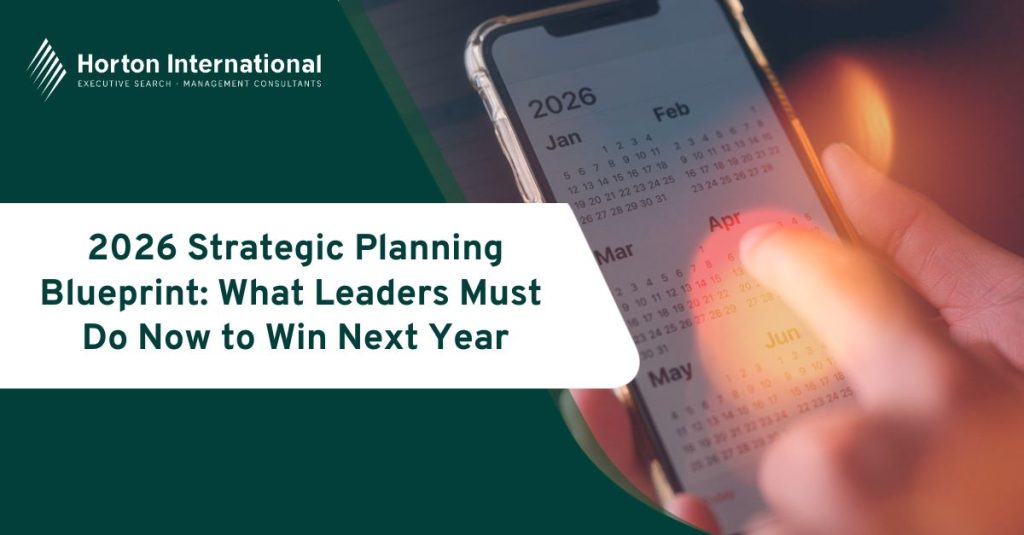Pride Month offers executives a crucial checkpoint: Are your LGBTQ+ inclusion efforts creating real change, or just good optics? Moving beyond tokenism requires leaders to honestly assess their strategies and commit to meaningful action.
Genuine equality demands more than seasonal support – it requires systematic change guided by the right questions. Here are five pivotal questions every C-suite leader should be asking to build truly inclusive organizations.
1. How Visible Is LGBTQ+ Inclusion at Leadership Level?
Despite the progress that has been made in expanding workplace diversity, LGBTQ+ representation in executive roles still is woefully under-par. A report released by Out Leadership showed that under 0.4% of Fortune 500 board seats are currently occupied by out and proud LGBTQ+ individuals. There are some prominent exceptions – leaders like Tim Cook of Apple and Beth Ford of Land O’Lakes have both set precedents for inclusivity, at the highest levels.
Executive Inclusion Strategy Tip: Fully incorporate sexual orientation and gender identity into board diversity policies and subsequent decision making, including within human resources departments. Promote visible self-identification through confidential surveys to better understand what is needed to support LGBTQ+ leadership visibility and increase community representation within leadership roles.
2. Do Company Benefits and Policies Reflect Modern Family Structures?
Traditional workplace benefit structures frequently overlook the diverse realities of LGBTQ+ families. Offering more inclusive benefits, such as those that recognise domestic partnerships and chosen families, will be critical. The Human Rights Campaign’s Corporate Equality Index (CEI) found that 76% of participating employers are now providing inclusive benefits for same and different-sex spouses and partners. The number of employers providing more inclusive benefits packages has risen over the past decade, inline with the increased visibility of diverse employees – though those tasked with C-Suite diversity and inclusion should note there is still room for improvement.
For organisations looking to retain more staff, it only makes sense to update their approach – especially as recent data reveals 77% of employees are more likely to remain with employers who offer up inclusive family benefits.
Executive Inclusion Strategy Tip: Regularly review and adjust company policies to ensure they embrace a broader definition of family, enabling benefits like parental leave and healthcare coverage to become accessible to all types of families.
3. Are We Tracking LGBTQ+ Engagement and Retention Data?
Accurate data collection is pivotal for evaluating the effectiveness of any inclusion initiatives the organisation deploys. Consistent monitoring of metrics like retention rates and employee engagement will help to highlight areas requiring improvement. Increasing LGBTQ+ employee retention by a mere 5% can result in measurably slashing costs – current data shows savings of up to $4.2 million annually for a Fortune 500 company.
Additionally, companies must take care to identify obstacles blocking the career pathways of LGBTQ+ employees. One Randstad survey found a third of LGBTQI+ workers believed their sexuality or gender identity negatively impacted the progression of their career.
Executive Inclusion Strategy Tip: Implement employee feedback via anonymous surveys and one-on-one exit interviews to gain sharper insights into LGBTQ+ employee experiences, then use this data to inform policy and cultural changes.
4. Do We Have an Open Channel for Feedback from Underrepresented Voices?
Creating accessible and private channels for feedback provides a space where underrepresented groups can voice their concerns and suggestions. Companies who do inclusion right,like GHX, have dedicated DEI channels, like Slack groups and email inboxes, to facilitate an ongoing dialogue with their LGBTQ+ employees.
Inclusive leadership also means grasping that different workers have differing needs as well as experiences that need to be catered for. Leaders who champion inclusion know their responsibilities also include active listening – and creating safe, nurturing spaces for all staff to share their experiences.
Executive Inclusion Strategy Tip: Schedule regular check-ins with Employee Resource Groups (ERGs) and DEI committees, to ensure leadership maintains a direct line to the experiences of LGBTQ+ employees.
5. Is Our Support Performative, or Proactive?
While it’s common to witness public displays of support for the LGBTQ+ community during Pride Month, making a lasting impact requires an all year-round commitment. The Human Rights Campaign’s CEI shows that beyond policies, maintaining active engagement and education are crucial. In 2025, 83% of CEI-rated employers provided at least three efforts to support increased organisational LGBTQ+ diversity.
Authentic inclusion involves continuous action, such as regular DEI training and consistent community engagement, not tokenistic and gimmicky seasonal initiatives.
Executive Inclusion Strategy Tip: Embed LGBTQ+ inclusion throughout the company’s core values and operations, to foster grassroots support that’s consistent and entwined in the workplace culture.
In a Nutshell
Pride Month leadership doesn’t have to be performative – companies can use it as a catalyst to drive sincere reflection and action. If they ask the important questions, executives will move beyond making symbolic gestures, to create more diversity in executive teams and nurture an environment where every LGBTQ+ employee feels valued.
The sooner the C-suite implements an executive inclusion strategy that prioritises LGBTQ+ leadership visibility, equitable working policies, and proactive engagement the better – as then they will create a truly inclusive workplace, for the benefit of the entire organisation.






